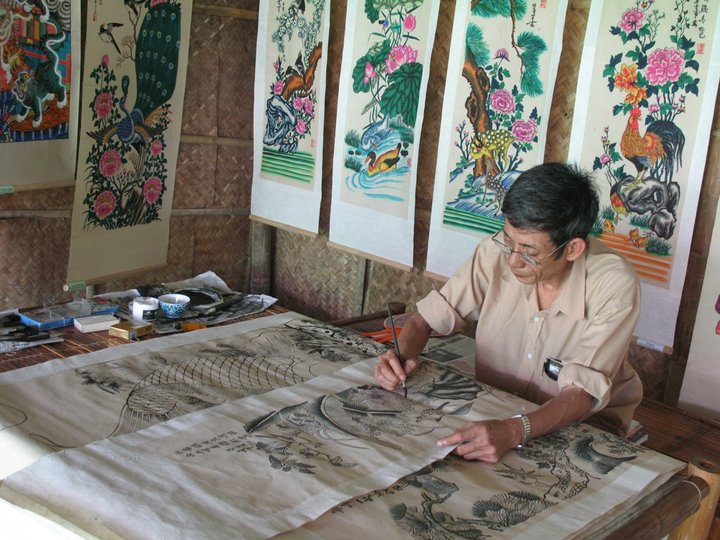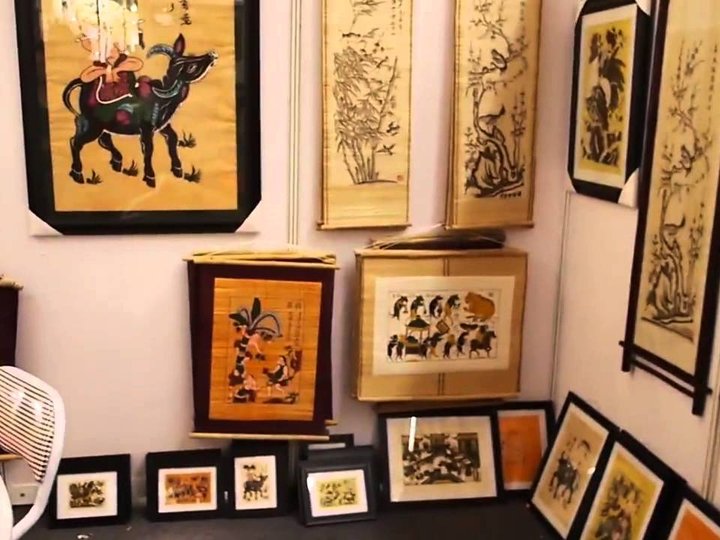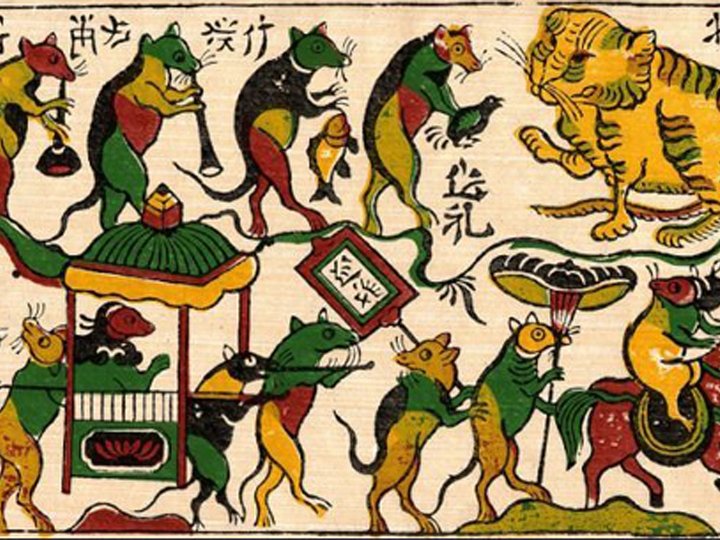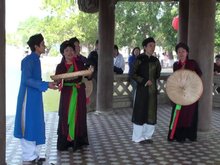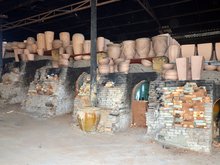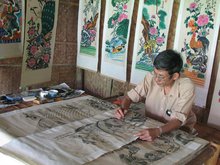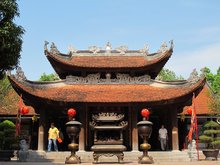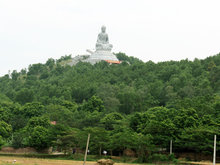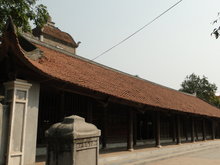Dong Ho Paiting Village
Dong Ho Village with its famous paintings has become an aesthetic symbol in Vietnam culture. Located to the left side of Duong River, Dong Ho stood for centuries making their unique art work. From over 100 families in the 1950s, currently there are only a handful of families still making the traditional craft.
Most villagers have now turned to joss paper making, since the regulation has relaxed and again allowed for religious practices that were once deemed “unfit of the revolutionary”. The families of Nguyen Dang Che and Nguyen Huu Sam both run their own galleries and employ a number of workers. To everyone’s relief, the essence still remains and thrives.
Dong Ho paintings are places for artists to reflect their wishes for lucks and their perception of everyday life in the village. Common themes that are found consistently include animals (which has goodluck symbol on them), everyday life (such as Jealous Fight or A Market Day), and folk tales (Saint Giong or The Frog Teacher). The paper used for the painting is made from bark tree so that the texture can retain color for a long time. Each family develops their own mold for the painting. Each mold are then replicated and filled with a separate share of color. The paintings are made by stamping the mold into the paper, one at a time to add more and more color to the picture.
Dong Ho paintings are simple, meaningful and created for the mass. Patrons use to come from agricultural and low-income families, some of them are illiterate and can not afford other more exquisite art works. But the meaning is the paintings is, by no means, sub-par. It reflects both reality and dream of the people.

